Big cat tourism is a burgeoning segment within the wildlife tourism industry, attracting thousands of visitors each year to various sanctuaries, reserves, and national parks around the globe. This form of tourism involves observing big cats like lions, tigers, leopards, and cheetahs in their natural habitats or in specialized facilities. While big cat tourism has become a significant economic driver for some regions, it also raises questions about its effectiveness and ethics concerning conservation efforts. This article explores whether big cat tourism should be encouraged as a means to fund conservation initiatives.
Understanding Big Cat Conservation Needs
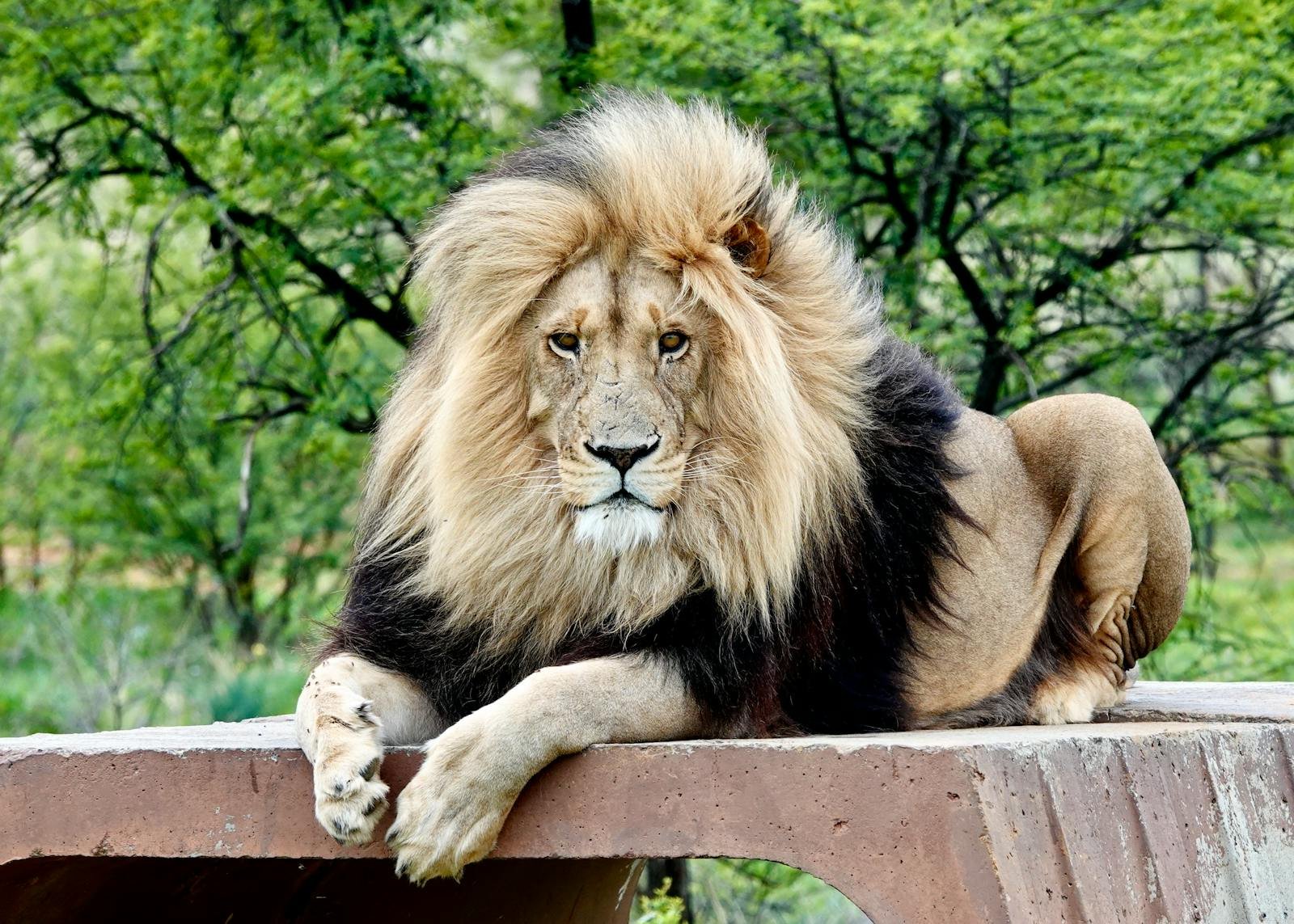
Big cats are essential predators in their ecosystems, playing a critical role in maintaining the balance of nature. However, they face numerous threats, including habitat loss, poaching, and human-wildlife conflict, leading to dwindling populations and endangered statuses for many species. Conservation efforts aim to protect these majestic animals and ensure their survival, requiring substantial resources and funding.
The Economics of Wildlife Tourism
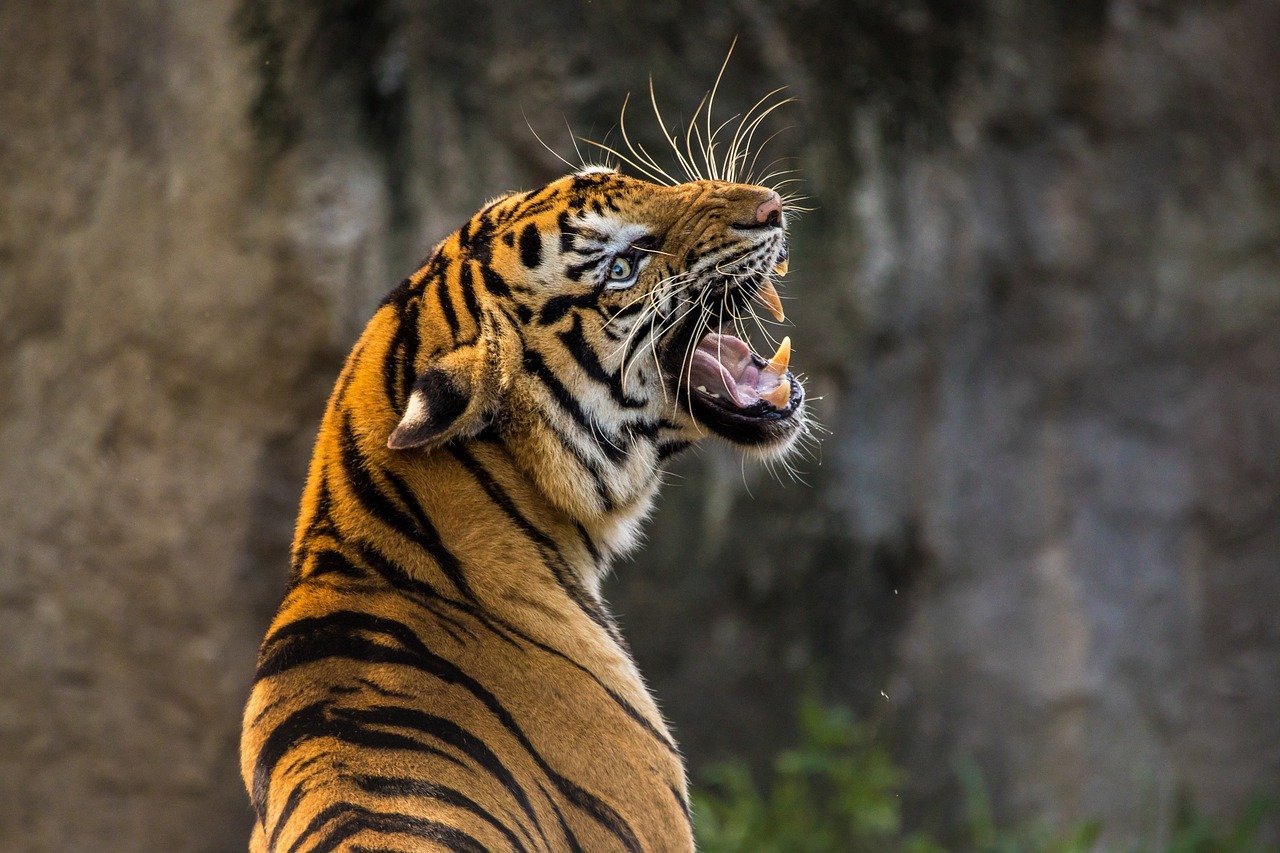
Wildlife tourism, including big cat tourism, generates significant revenue, which can be channeled towards conservation projects. Countries like South Africa, India, and Kenya have leveraged wildlife tourism as part of their conservation strategies. This industry not only supports local economies and creates jobs but can also provide crucial funding for conservation programs and anti-poaching initiatives.
Benefits of Big Cat Tourism for Conservation
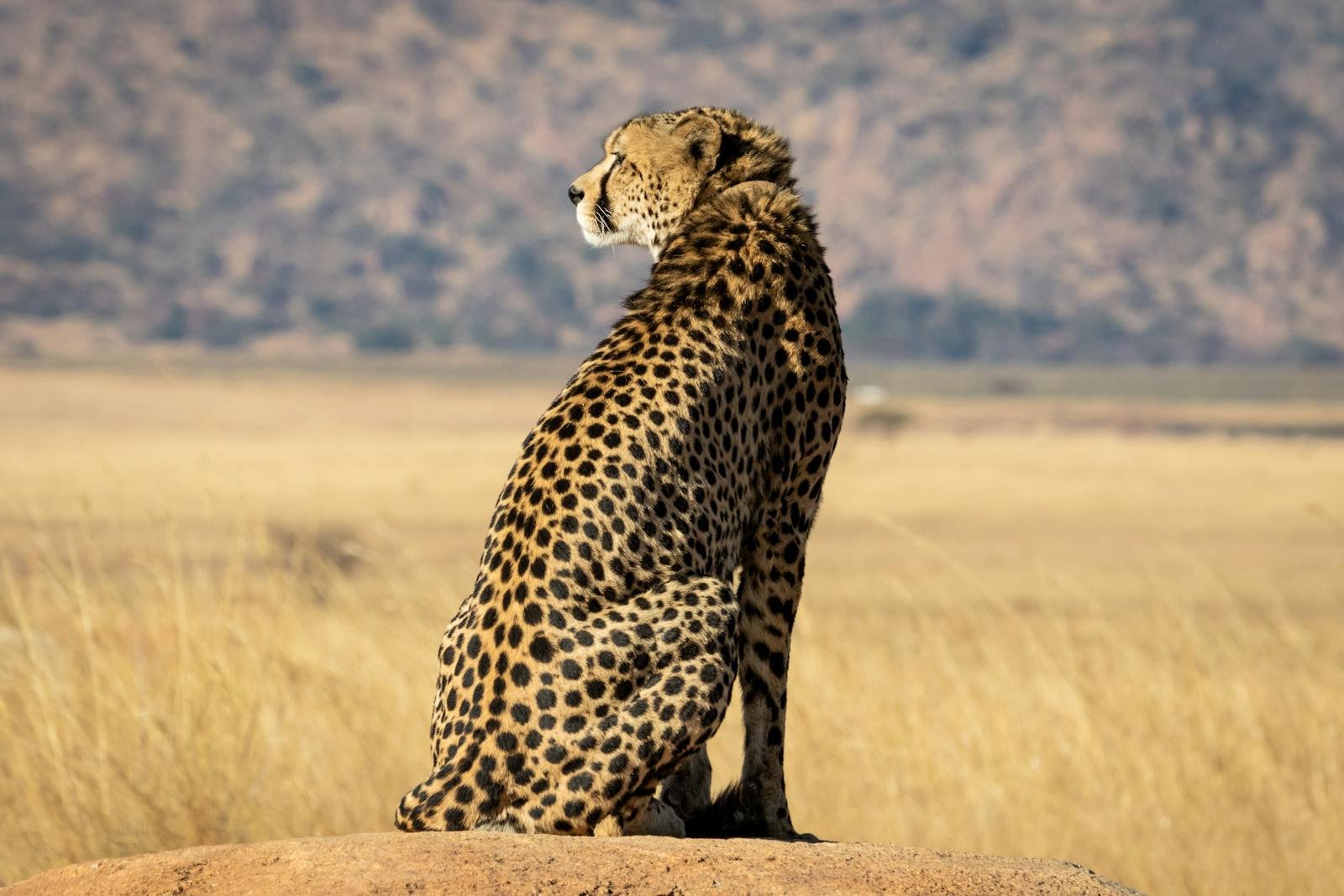
The primary advantage of big cat tourism is the financial support it provides for conservation. Entrance fees, permits, and donations collected from tourists help finance habitat restoration, anti-poaching patrols, and community education programs. Moreover, tourism can raise awareness and foster a global network of support, drawing attention to the challenges faced by big cats and inspiring individual contributions toward conservation.
Ethical Concerns and Challenges
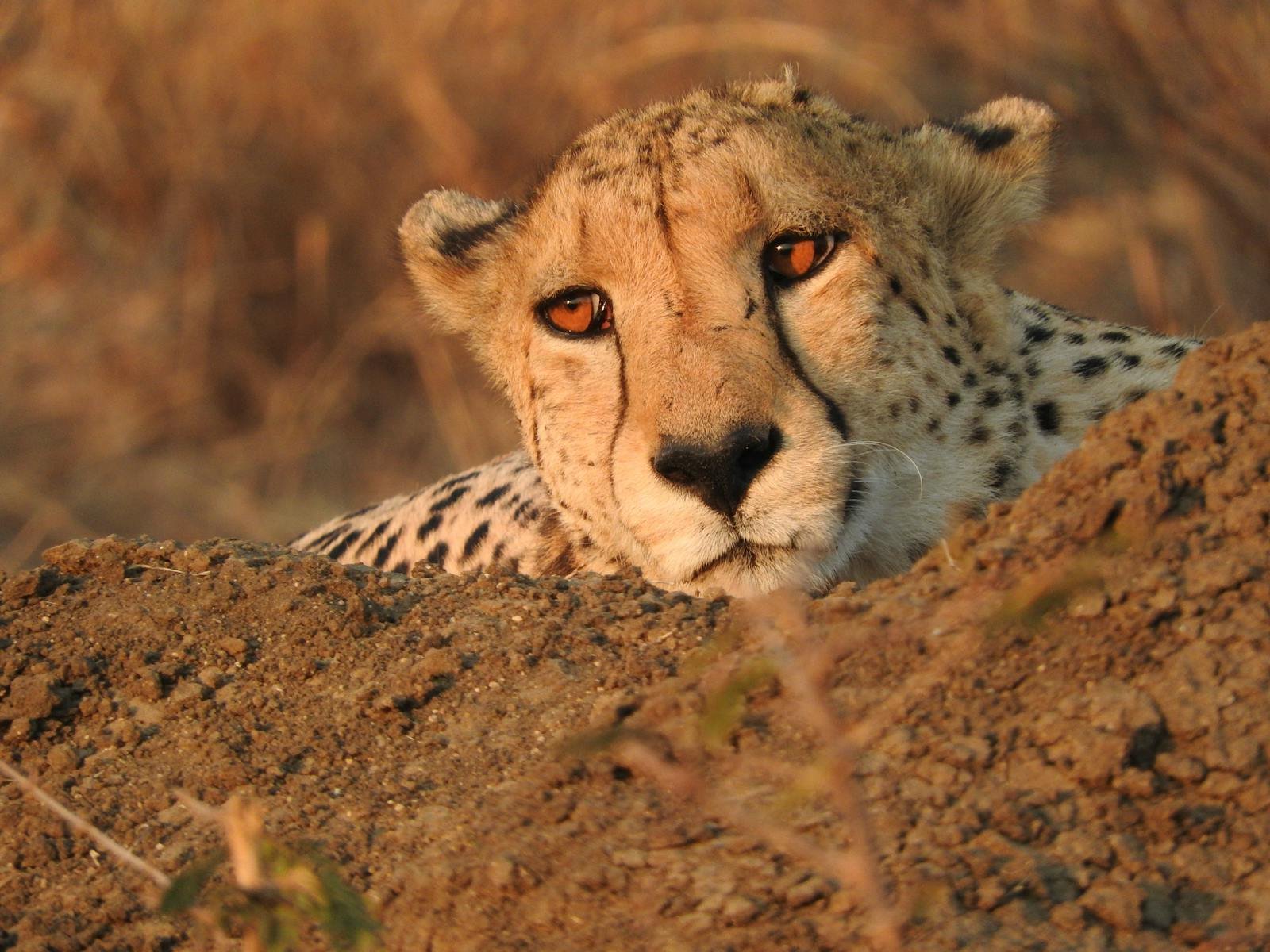
Despite the financial benefits, there are ethical concerns associated with big cat tourism. Habituation of animals, where big cats become accustomed to human presence, can alter their natural behaviors and increase the risk of conflict with humans. Some establishments may also exploit animals for profit, compromising their welfare. Close encounters and photographs with big cats in captive settings often overshadow authentic conservation-focused tourism experiences.
Sustainable Big Cat Tourism Practices
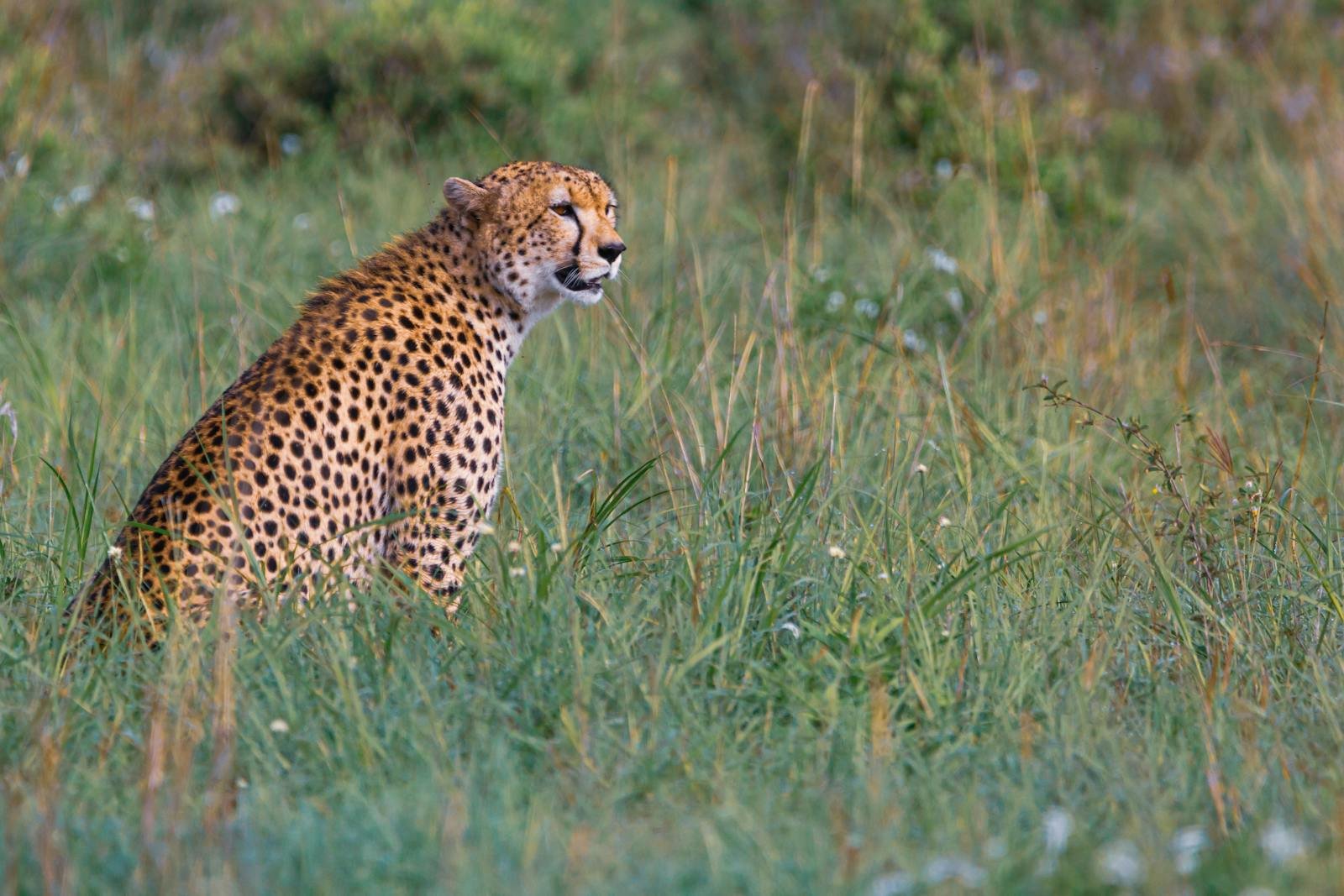
Encouraging ethical and sustainable big cat tourism can mitigate negative impacts. Practices such as maintaining safe distances, ensuring minimal human interaction, and prioritizing the animals’ natural behaviors are vital. Educating tourists on the importance of responsible wildlife viewing and promoting establishments that prioritize conservation and animal welfare over profit can lead to more sustainable tourism.
Community Involvement and Benefits
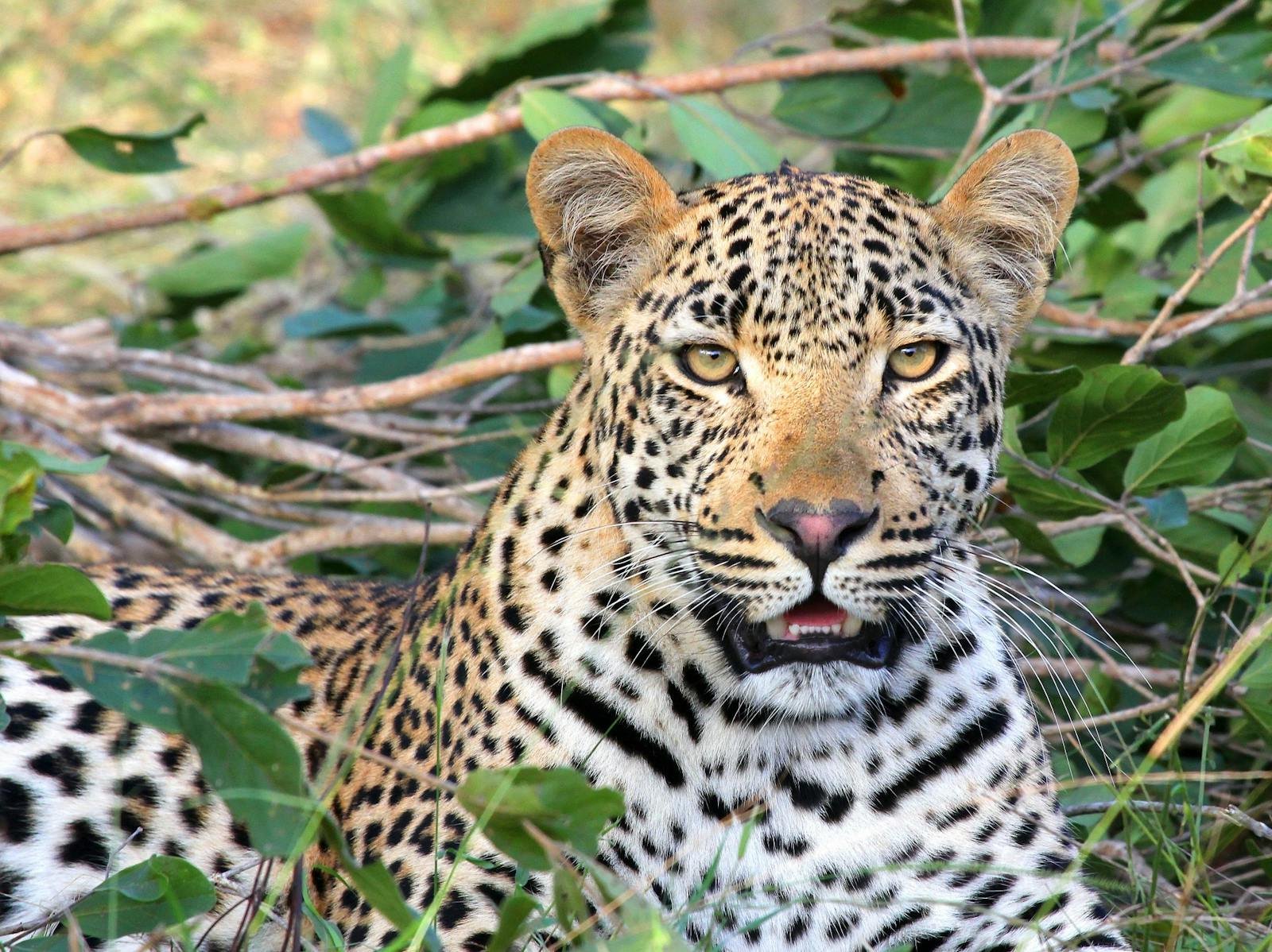
Local communities play an integral role in successful conservation efforts. By involving them in big cat tourism, they benefit economically and develop a vested interest in conservation outcomes. Tourism can create jobs in hospitality, guiding, and park management, providing alternative livelihoods to those who might otherwise rely on poaching or habitat destruction for income.
The Role of Education and Awareness
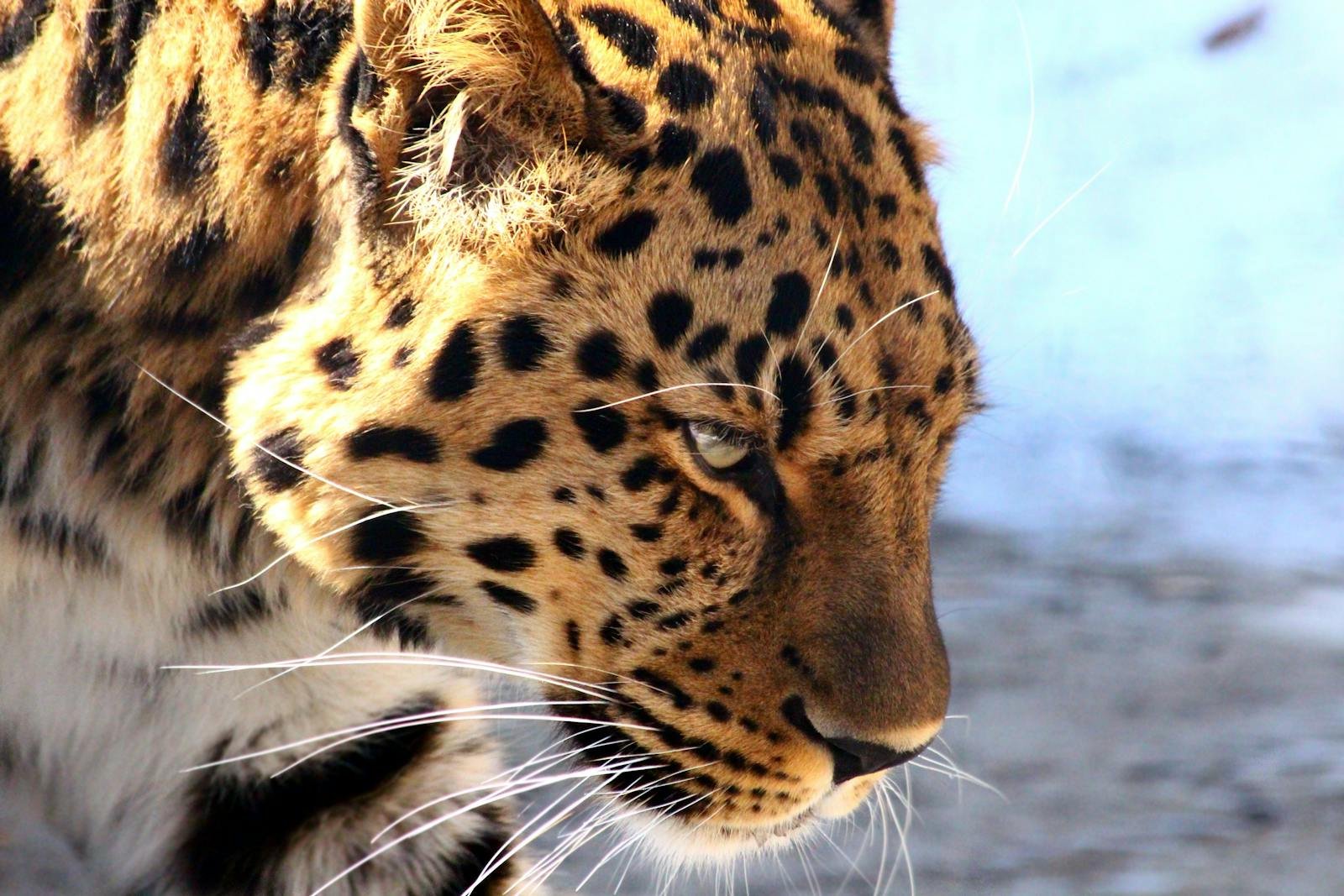
Big cat tourism offers a unique opportunity for education and awareness. Tourists can learn about the species, their habitats, and the challenges they face, fostering a deeper appreciation and understanding. This heightened awareness can translate into increased public support for conservation initiatives and more responsible consumer behavior regarding wildlife products.
Case Studies: Success Stories and Cautions
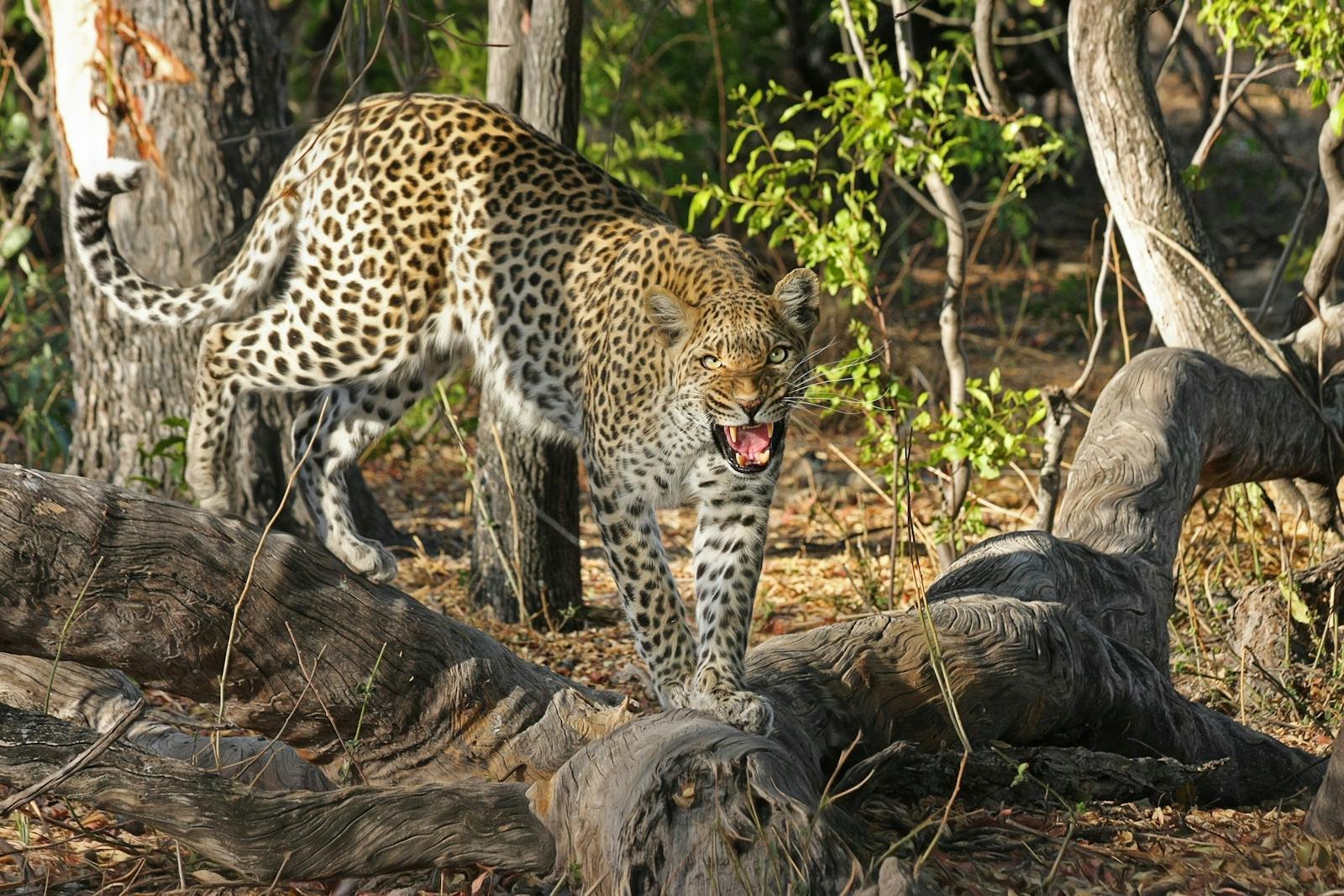
Examining case studies of successful and unsuccessful big cat tourism ventures provides insight into best practices. Successful examples, such as those in India’s tiger reserves, where tourism has contributed significantly to conservation, can serve as models. However, cautionary tales, such as those involving unscrupulous operators focusing solely on profit, highlight the importance of regulation and oversight.
Conclusion: Balancing Tourism and Conservation
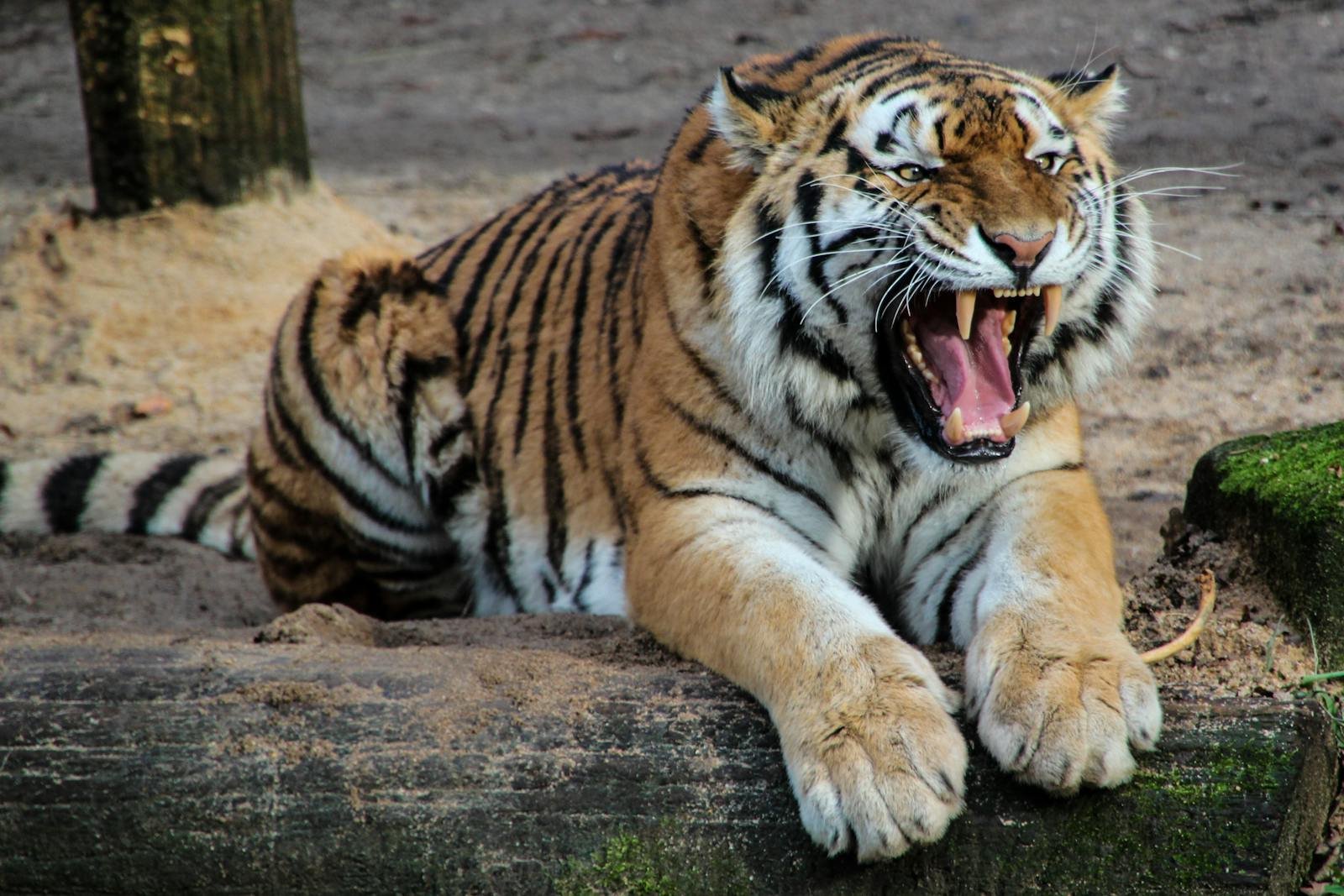
While big cat tourism can offer substantial benefits for conservation funding, it must be carefully managed to ensure ethical standards and sustainability. Encouraging responsible tourism practices, involving local communities, and promoting education are essential to balance economic benefits with the welfare of the animals. With thoughtful implementation, big cat tourism can be a powerful tool to support conservation efforts, ensuring the survival of these iconic species for generations to come.
Hi, I’m Bola, a passionate writer and creative strategist with a knack for crafting compelling content that educates, inspires, and connects. Over the years, I’ve honed my skills across various writing fields, including content creation, copywriting, online course development, and video scriptwriting.
When I’m not at my desk, you’ll find me exploring new ideas, reading books, or brainstorming creative ways to solve challenges. I believe that words have the power to transform, and I’m here to help you leverage that power for success.
Thanks for stopping by, Keep coming to this website to checkout new articles form me. You’d always love it!






